How to Create A System Restore Point Windows 10/8/7 for Disaster Recovery (One Way to Make It)
A Windows system restore point is useful when somethings wrong corrupts the operating system and damages the data. You can revert the Windows back to an old yet functional system state without reinstalling Windows and losing data. This article provides you with a step-by-step guide to create a system restore point, namely create a system backup for Windows 10/8/7. In total, there are two ways available for you to create a system backup image. One is a third-party Windows backup and recovery tool - Qiling Backup and the other is the inbuilt Windows System Restore feature.
Before proceeding with either of the system backup options, you need to figure out several questions in connection with creating a system restore point.
Q1: What does creating a restore point do?
By creating a restore point, you can save the state of the operating system and your own data so that if future changes cause a problem, you can restore the system and your data to the way it was before the changes were made.
Q2: Are system restore points created automatically?
No. System Restore comes disabled by default, which means that you must enable it before Windows 10 can create restore points automatically. If you use third-party programs, the situation is the same. You must first create a full system image backup in order to enable the automatic backup the next time and in the future.
Q3. Should I create a restore point?
Yes, you should always keep a system backup image that contains a usable system restore point, particularly for those average computer users who can hardly reinstall Windows operating system by themselves. With a ready-made system restore point, it's all too easy to revive a computer from a crash or corruption.
A system image, in short, is a snapshot or an exact copy of an entire hard drive. A system image is a complete backup of everything on your computer's hard drive...
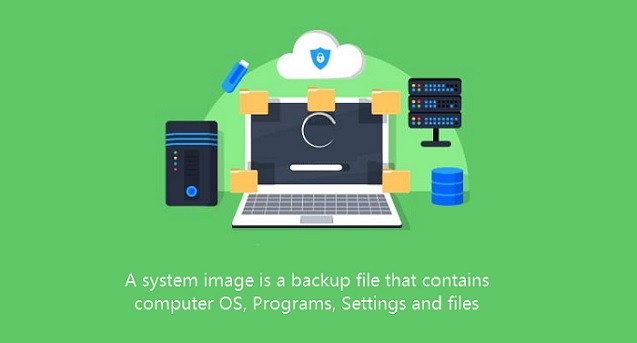
Where to Start to Create A System Image?
Since no tools will create a system restore by default for you, you need to set up the first full backup of a perfectly running operating system state by yourself. In the first place, you have to select a proper backup way that enables you to create a backup and allows you to easily restore the system after a disaster coming. Each Windows backup tool creates a unique backup image with a particular file extension. That is to say, you cannot use one system restore point across two different backup utilities.
On top of that, to minimize the file size of the growing system restore points, it's of great importance to be able to create differential or incremental backups that the previous/outdated system backups will be replaced by the fresh ones.
Last but not the least, you must take the recovery procedure and the recovery speed into consideration. At the same time, ensure that the chance of system recovery is 100% working, which won't be interrupted or stopped during the course.
Regarding those aspects we mentioned above, we suggest every user of Windows 10/8/7 choose Qiling Backup over the default Windows System Restore feature. Since Qiling Windows backup software provides more comprehensive backup solutions to Windows operating system, as well as many other objects like hard drive/partition, files, emails, etc.
- Tip
- Despite the Windows System Restore function is limited in creating a system backup image very intelligently, and sometimes you may encounter issues like "System restore failed and did not complete successfully" while trying to restore your compute from a previous system restore point, the default Windows solution is still an option to safeguard your computer. You can add it as a secondary protection method beyond the primary choice of Qiling Backup.
How to Create A System Restore Point for Windows 10/8/7
The advantages of creating a system restore point with Qiling Backup are as follows:
- Simple to go, several mouse clicks would complete the backup task
- Auxillary backup options that make the backup efficient, like compress, or encrypt the image; set an automatic backup schedule; let Windows start back up OS while it's turning on or turning down, able to restore a system image to different computers.
Step 1. Launch Qiling Backup on your computer, and click System Backup on the Backup and recovery page.

Step 2. Your Windows operating system information and all system related files and partitions will be automatically selected so you don't need to do any manual selection at this step. Next, you'll need to choose a location to save the system image backup by clicking the illustrated area.
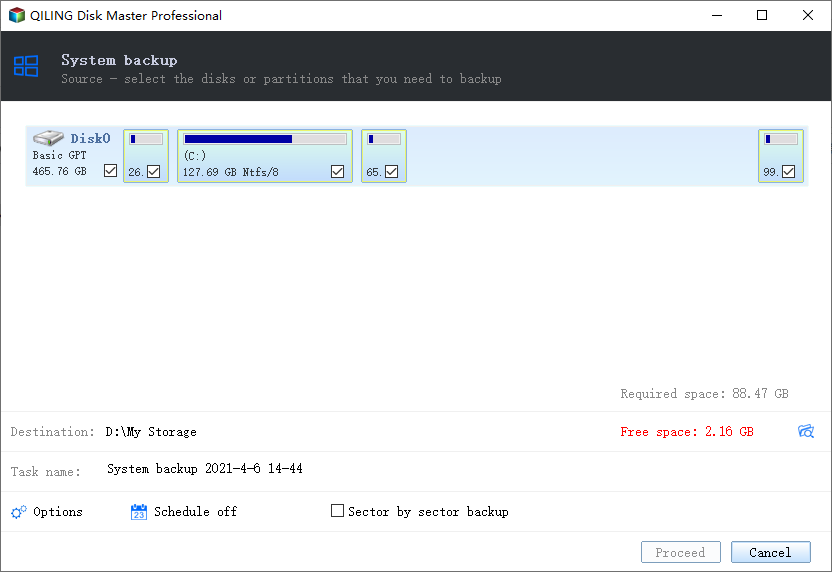
Step 3. The backup location can be another local drive on your computer, an external hard drive, network, cloud or NAS. Generally, we recommend you use an external physical drive or cloud to preserve the system backup files.
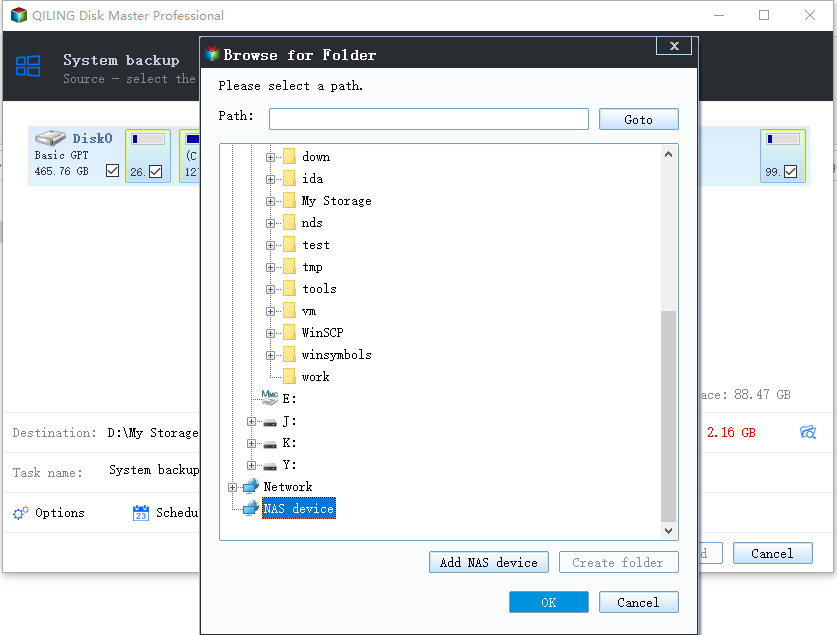
Step 4. Customiztion settings like enabling an automatic backup schedule in daily, weekly, monthly, or upon an event, and making a differential and incremental backup are available in the Options button if you're interested. Click "Proceed", and the Windows system backup process will begin. The completed backup task will display on the left side in a card style.
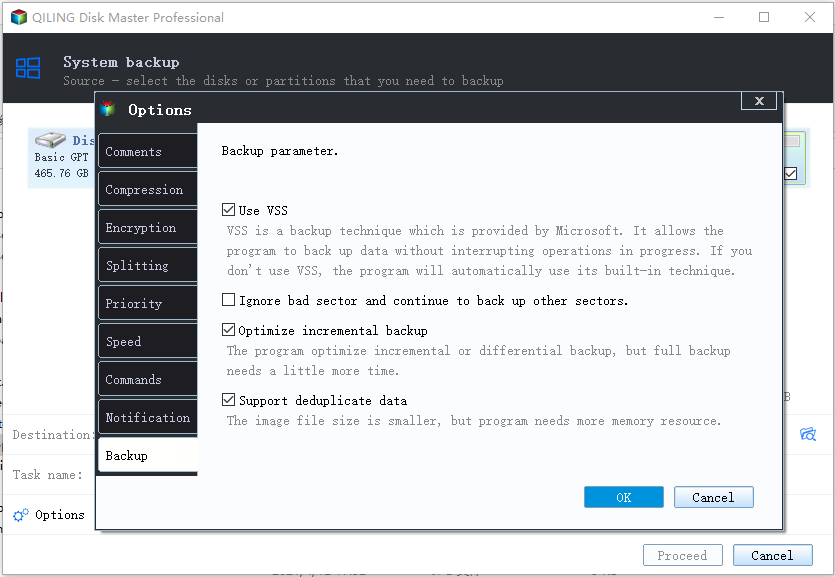
How to Recover Windows 10/8/7 from A System Restore Point
The regular system recovery is simple enough via the Recovery button on the home interface. But the real situation when you need to restore your computer from a system restore point is that the computer cannot boot properly. In this case, you need to boot your computer from a bootable Qiling Backup USB flash drive, and then perform the disaster recovery.
*Try to boot the computer with the Qiling Backup emergency disk to accomplish system recovery on a non-bootable machine..
Step 1. Click Browse to Recover to luanch Qiling Backup.
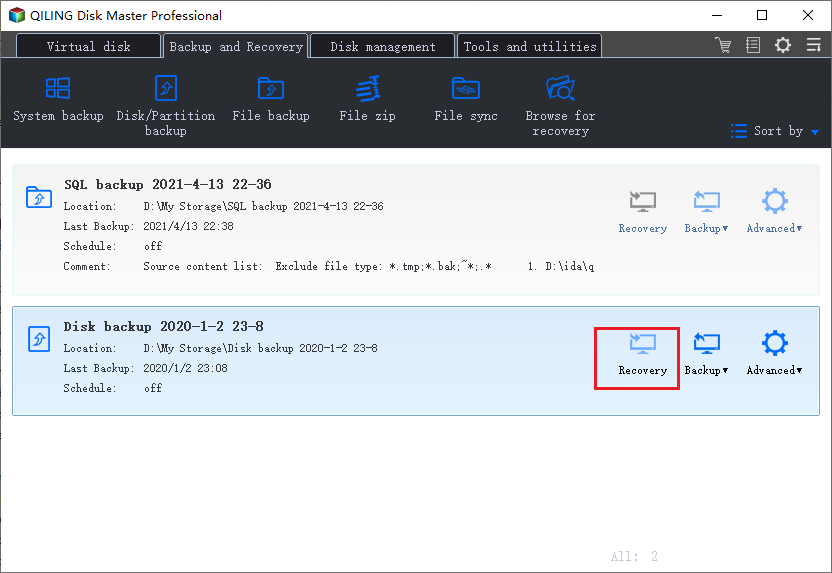
Step 2. Navigate to the backup location, and then select the system backup file you need. (The backup file created by Qiling Backup is a dfg file.)
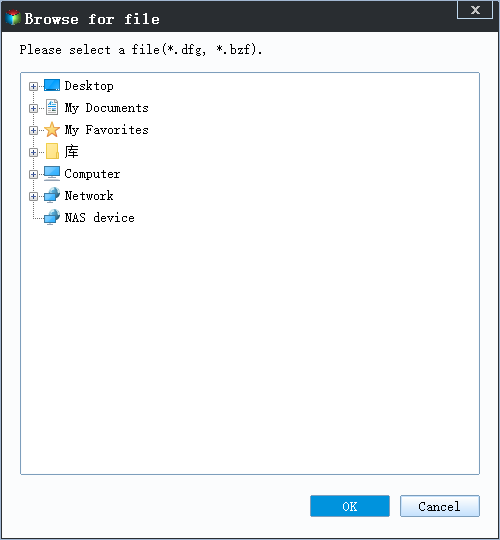
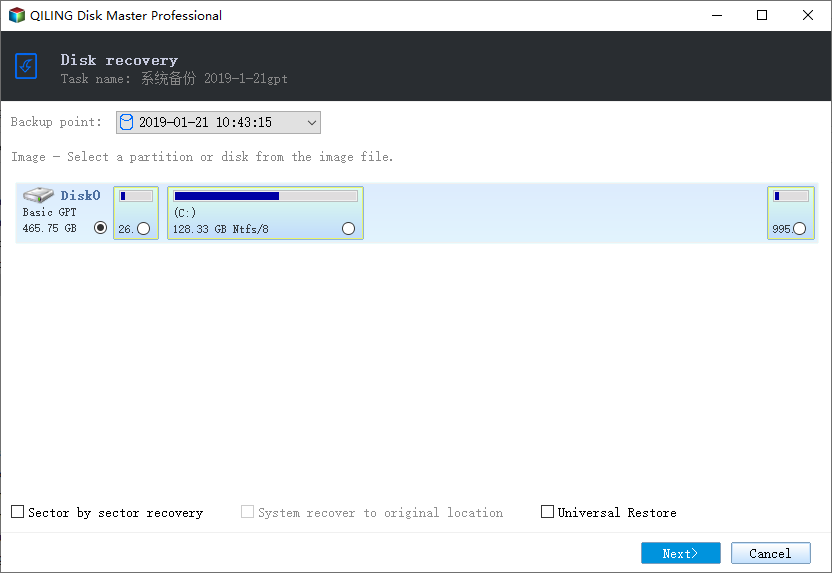
Step 3. Select a recovery disk. Verify that the partition styles on the source and recovery disks are same.
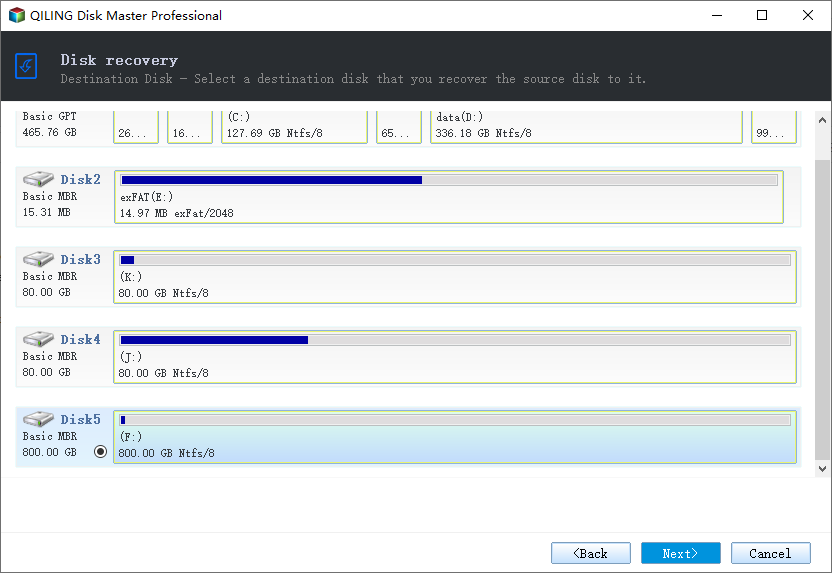
Step 4. You may change the disk layout to suit your requirements. Then, to begin system backup recovery, select Proceed.
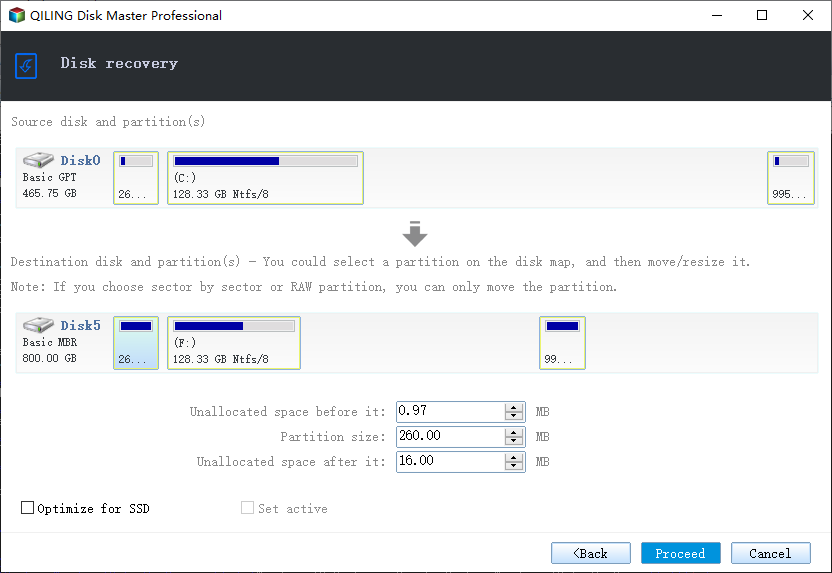
Related Articles
- Backup Hard Drive to Cloud [How to] + Feasible Cloud Backup Suggestion
- A Quick Answer: Is Cloud Backup Safe
- How to Backup/Save Outlook Emails to Hard Drive Automatically in 3 Ways
- 2022 Best 5 Free Virus Removal for Windows 11/10